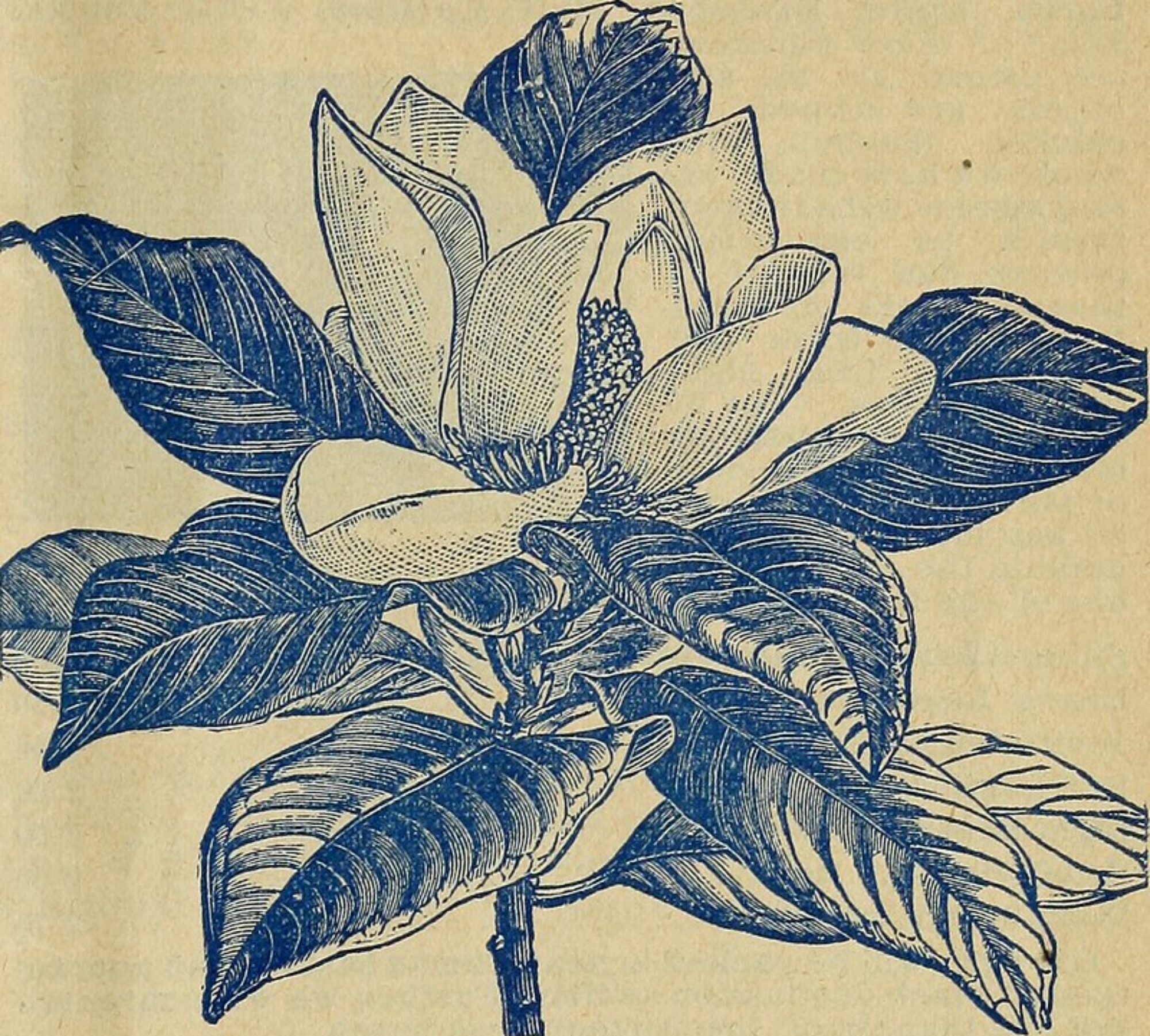The Basogas are semi-intelligent creatures scattered across the cosmos, with an unknown home planet. However, evidence suggests they evolved on one of the moons of the planet Armashtagan, as a species with a similar genetic structure exists there, though with entirely different form and mental abilities. Scientists there firmly deny any kinship with the Basogas.
These creatures stand tall at around two meters, their bodies covered in a hard, porous armor that is mostly hollow and filled with a foul-smelling gas, which is essentially their internal waste. Their bodies bear colorful spots that turn red when they hear statements contrary to their beliefs, signaling the onset of an attack.
Basogas have one weak and crooked hand and lack legs. Instead, they move slowly like snails, using a fleshy pad under their bodies that secretes a sticky liquid. They can hold light weapons with their hand and are relatively skilled in shooting, as they are trained for combat from childhood. A delicate mesh tissue on their backs glows in the dark and is their egg-laying organ. These creatures are single-gender and oviparous, breeding prolifically whenever conditions are favorable. Their burning desire to sacrifice themselves for a cause is perhaps the only thing that controls their population.
Basogas have two small, nearly deaf ears, and close-set, red eyes with poor vision. Despite their feeble and harmless appearance, they are equipped with a deadly weapon—their large, spiky nose capable of shooting jets of corrosive acid over significant distances.
The most peculiar part of the Basoga body is their nose, which is a long, sharp spike with two wide, deep nostrils that can function as acid sprayers. This ridiculous-looking but dangerous nose is one of the most lethal biological weapons evolved in a living organism. Basogas have very small brains, as most of the space in their skulls is taken up by the acid-producing gland.
These creatures easily absorb the thoughts and ideas of others and fight to realize them. As a result, they have not lived as a true, independent society for millennia, with each of them settling in various corners of the galaxy. Many Basogas can be found in any planet or tribe, adopting the customs and religions of their surroundings and becoming known for their zeal. Many devout adherents of local gods in hundreds of hospitable communities across numerous planets belong to this race. It is likely that the greatest number of religious martyrs can be found among them, which is why many holy and legendary figures are counted among the Basogas.
Basogas lack any social structure or family system, and their naivety and simplicity lead them to serve anyone they see after hatching as their master for life. Consequently, politicians across different worlds use them as loyal minions. Basoga eggs are classified as military weapons, regulated by cosmic trade laws, and their trade falls under the weapons market. This widespread dispersal and occasional genetic modifications to adapt them to various climates over thousands of years explain the unknown origin of this species.
Basogas never hesitate to harm or kill and have no precise understanding of wounds or pain, being completely free from moral and ethical constraints. Therefore, despite their physical and mental weaknesses, they are considered obedient and effective soldiers. Spontaneous behaviors are rare among them, which is why they have never succeeded in creating an advanced civilization or developing their own religion. Instead, they adopt the roles and customs of their environment. They lack culture, show no interest in any form of art, and have an innate aversion to beautiful things. Thus, they are banned from cultural centers and museums, as their acidic secretions could destroy artworks.
The only spontaneous and voluntary behavior observed in these creatures is their emotional and excited reaction to complex and symmetrical forms, which are considered beautiful in various cultures. Beautiful, colorful creatures are advised to keep their distance from Basogas, as they might attack them.
Their insistence on destroying beautiful things led the Zumans to invent a strange biological weapon to counter them. This weapon was created during a war on the planet Vangohen between the Patahs and the Zumans, where Patah commanders used Basogas as obedient soldiers. Zumans dropped software bombs among them, which were colorful cubes engraved with beautiful designs made from acid-resistant materials. Enraged Basogas would forget the war and frantically try to destroy these engravings, but their deadly nasal weapons had no effect, and they secreted so much acid that their heads and small brains dissolved, killing them by the hundreds upon encountering a piece of art.
Etymology: The name “Basoga” has two origins: one derived from a contemporary political label, and the other from “bazooka,” a powerful projectile weapon invented around World War I. The weapon “bazooka” got its name from a musical instrument of the same shape and name, popular among jazz musicians in America around that time. (ibid)
